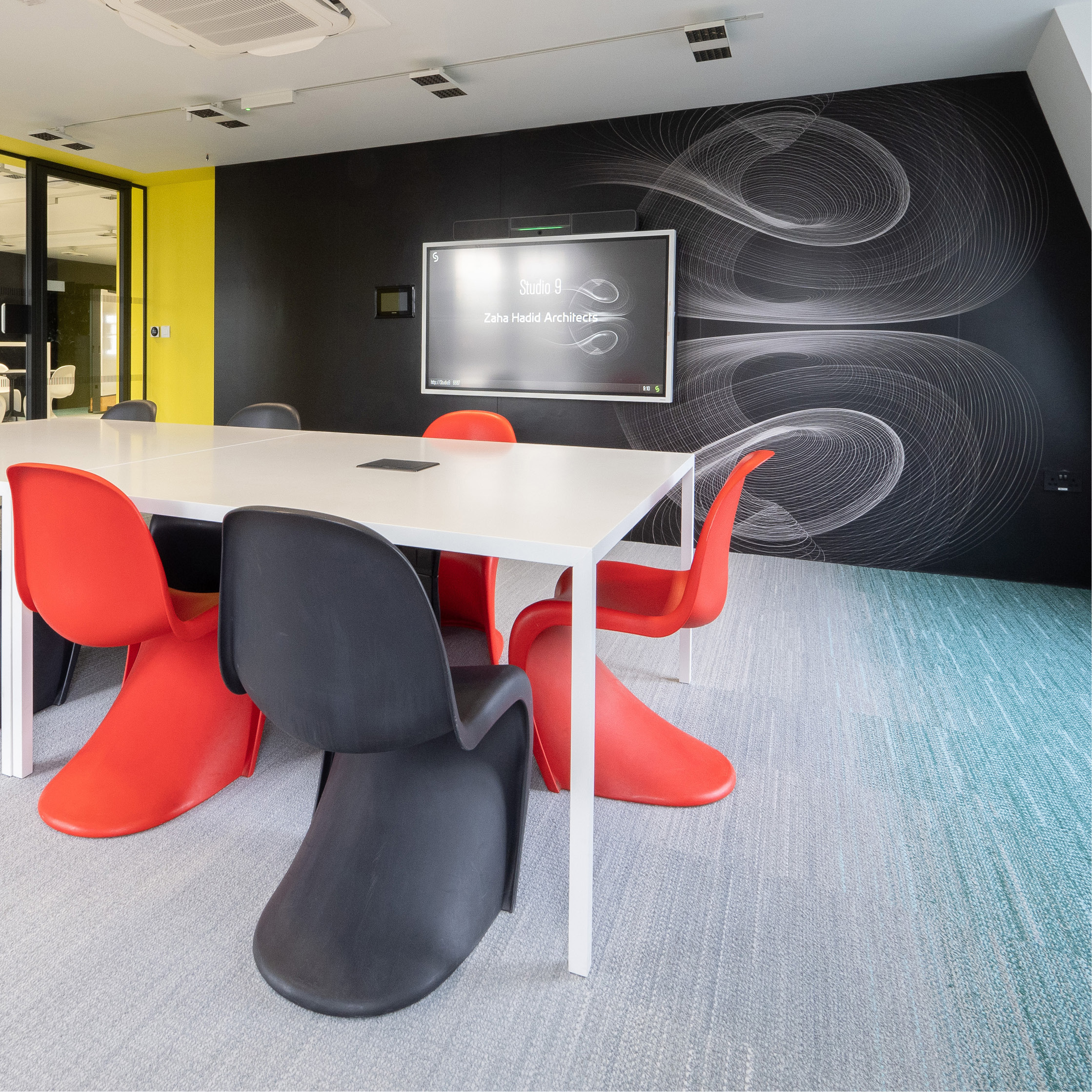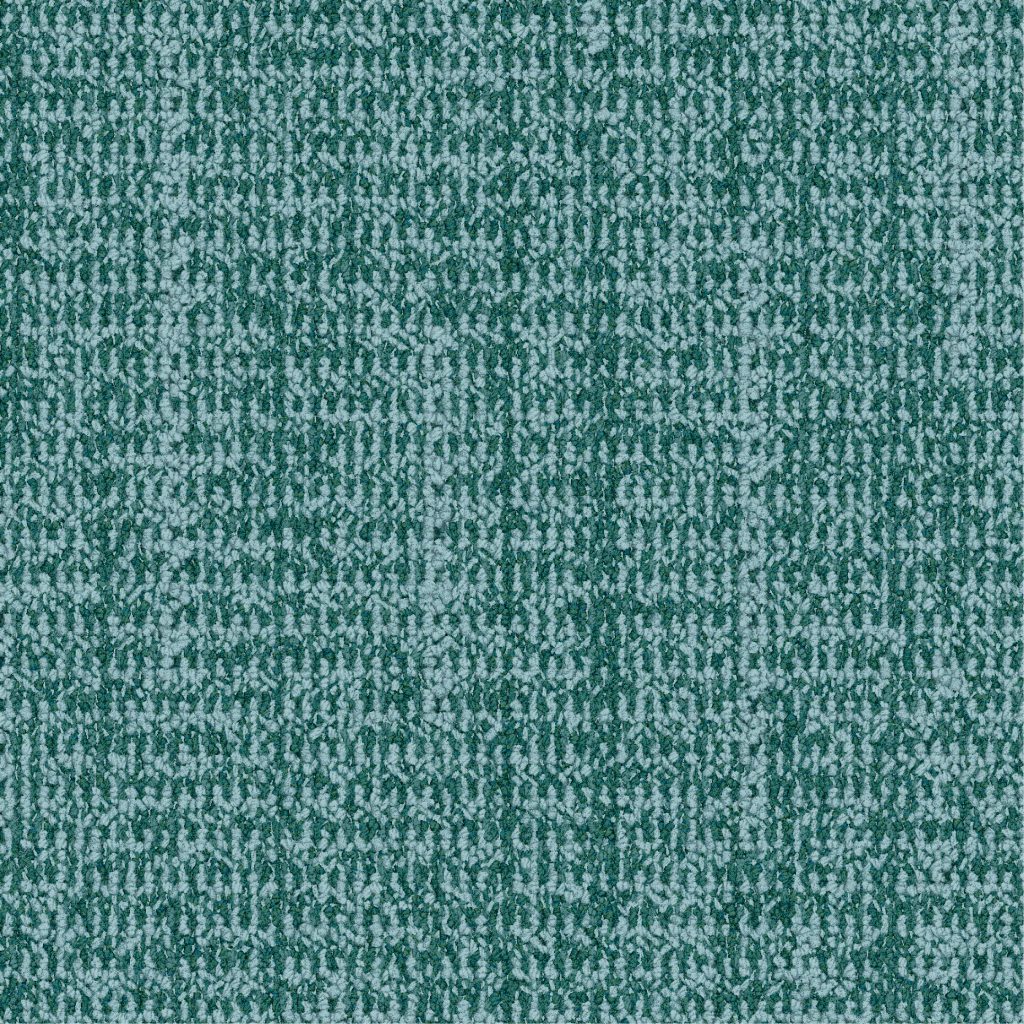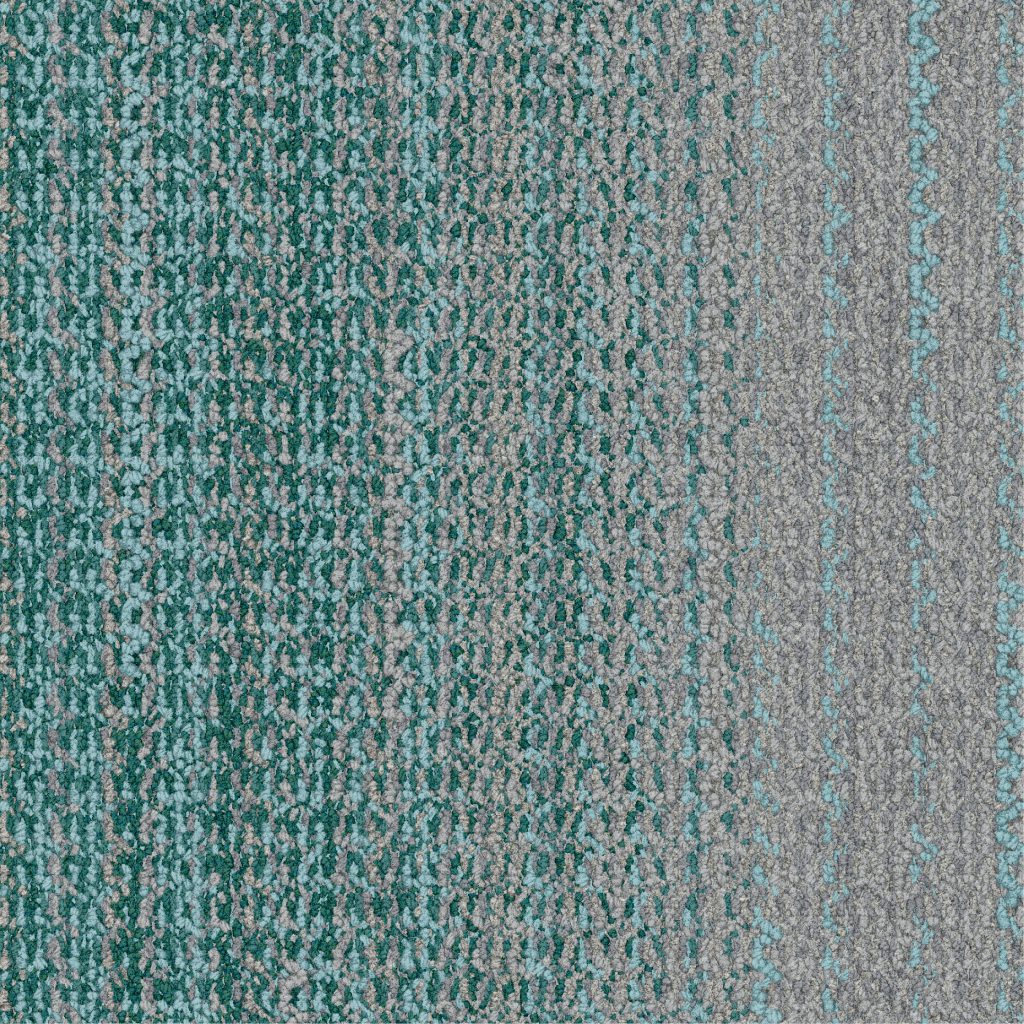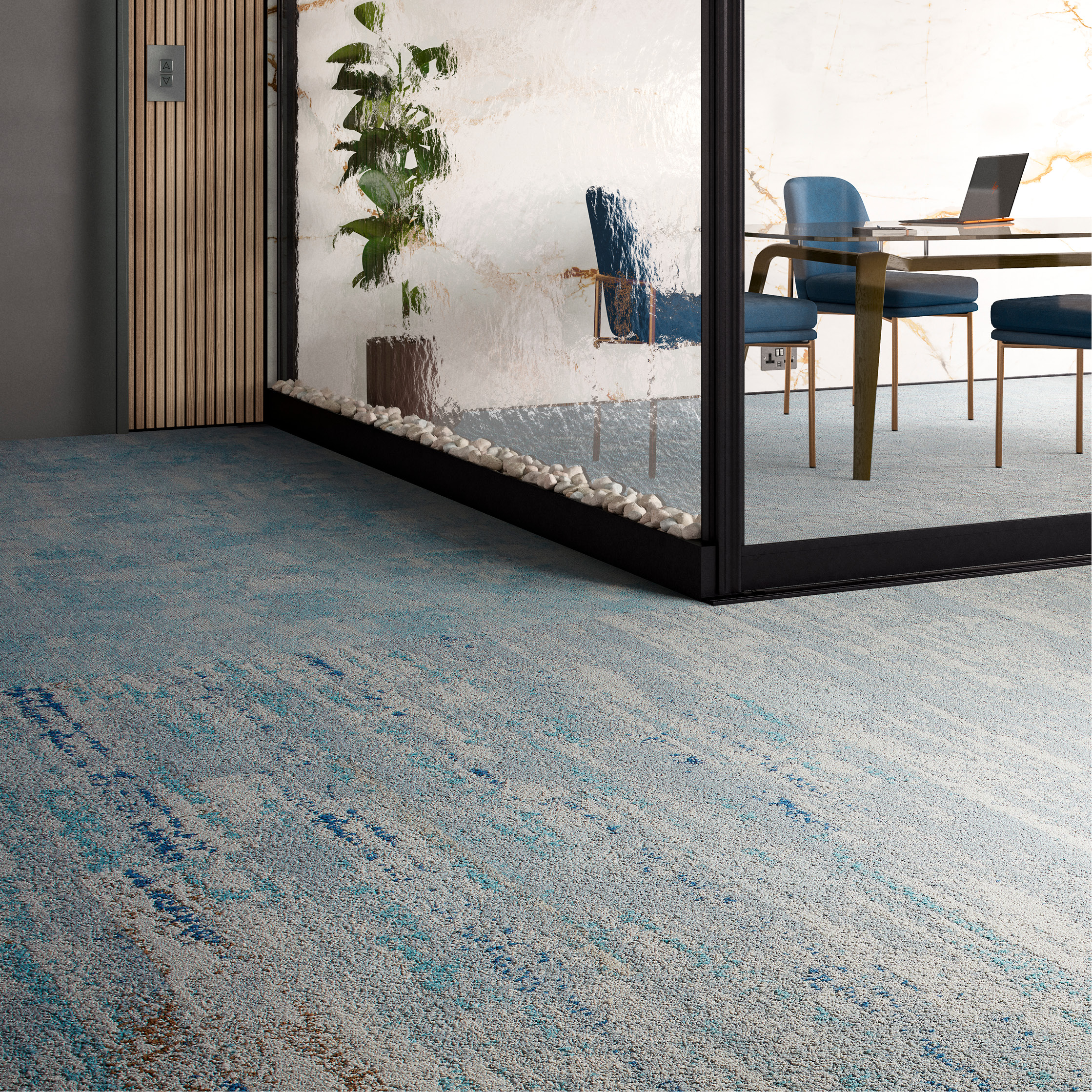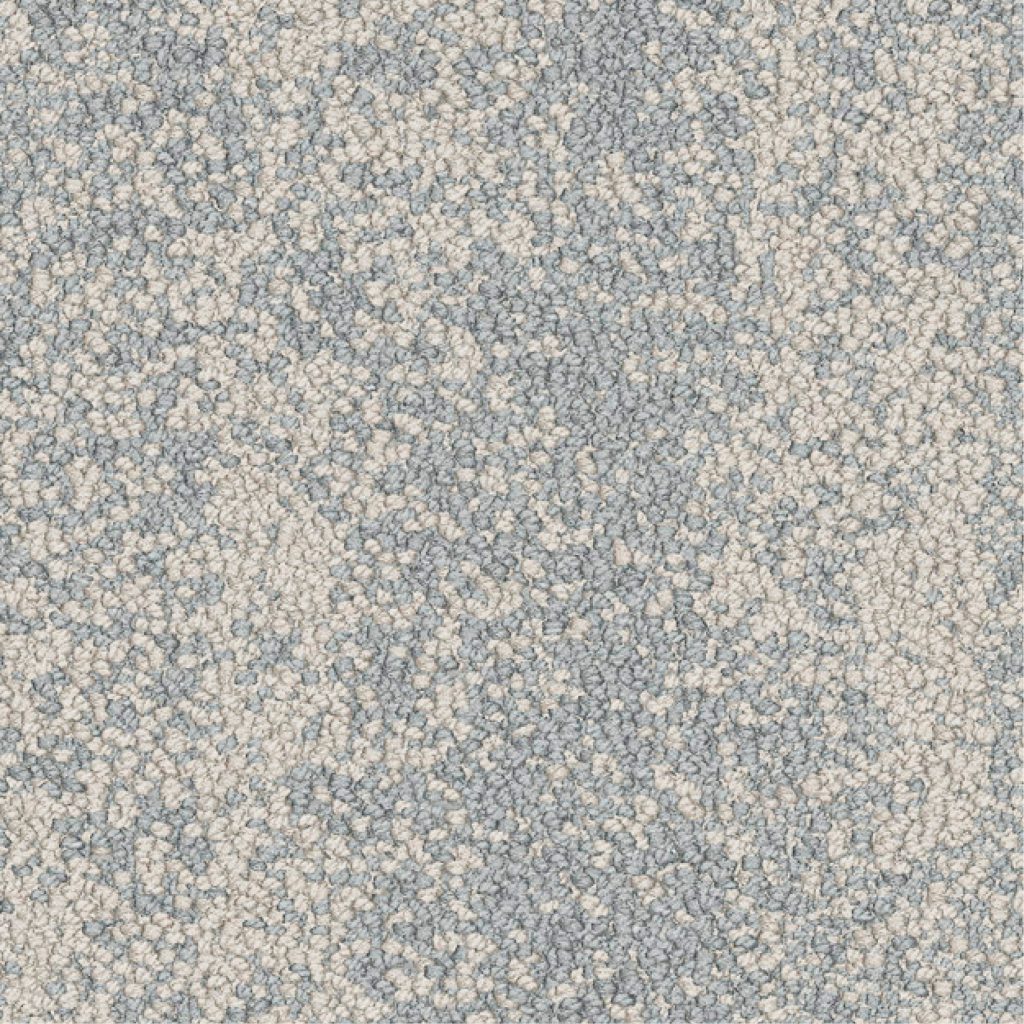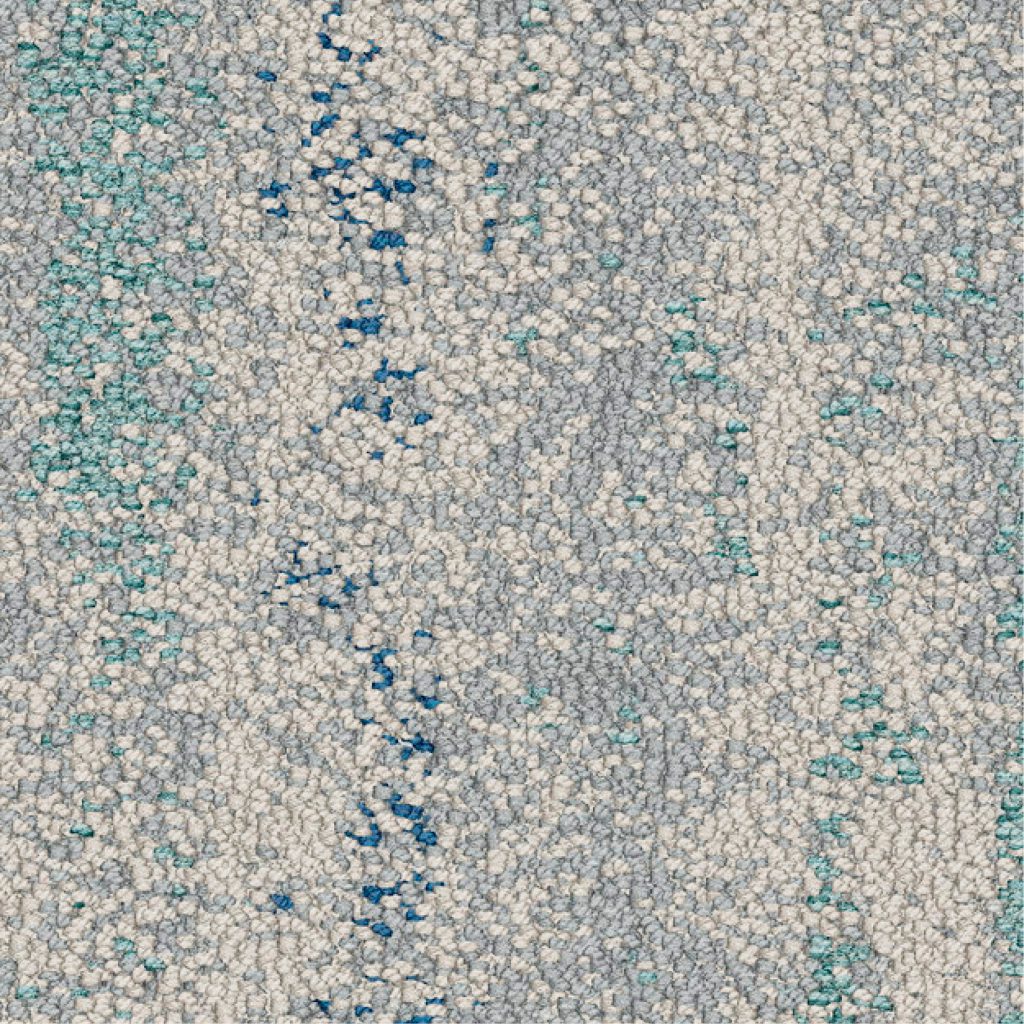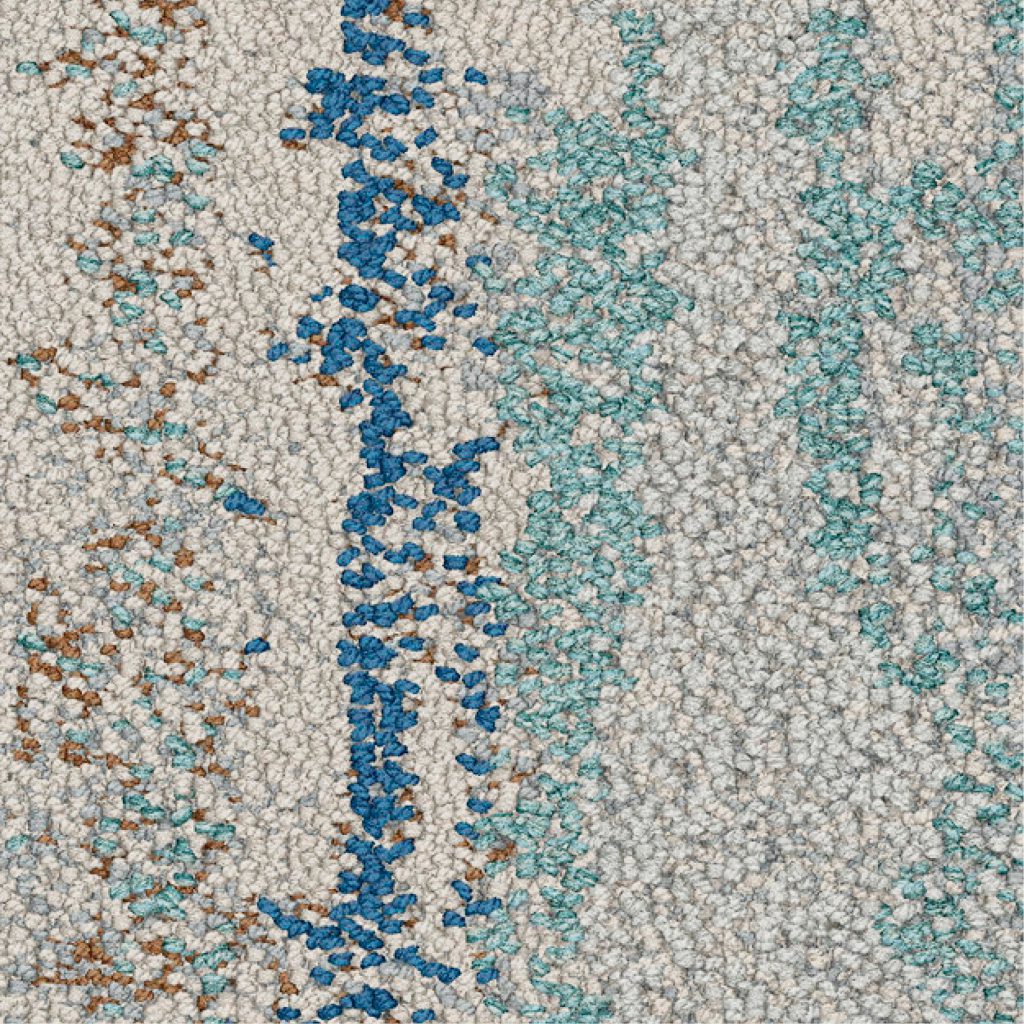Soft transitions refer to gradual and subtle changes between different elements, such as colours, textures, or patterns. In design, a soft transition avoids abrupt contrasts, creating a smoother and more harmonious progression. This technique adds depth and visual interest while maintaining a cohesive and flowing aesthetic.
We’d love to share with you two of our best-selling ranges that perfectly embody these principles.
Woven Gradience
The soft colour transition is a key design feature that sets this product apart. With a gradual shift from bold and vibrant hues to more subdued and relaxing greys, Woven Gradience helps create visually relaxed and harmonious spaces.
The transition is skilfully crafted to mimic the natural blending of colours, seamlessly shifting and merging like they do in nature. Overall, the soft colour transition adds depth, dimension, and a touch of artistry to floor designs.
Upon Common Ground
Inspired by the natural beauty and diverse landscapes of Australia, soft transition is achieved through the careful blending of warm neutrals and subtle accent colours. Designs draw inspiration from waterways, textured sands, and the layered effects of ripples in shallow and deep water. Transition occurs seamlessly and subtly from the base organic pattern in Sandbank to the more pronounced texture and colour movement in both Shallows and Undulating Water – the progression emulating the shifting qualities of water and the dynamic interplay of light and shadow.
This collection is deeply rooted in biophilic design principles, aiming to connect people with nature through the visual and sensory elements of interior spaces.
Got your samples?
For more information, samples, or to discuss colour transitions in more detail, contact your local Account Manager or email ukcustomerservices@interface.com. Our team is here to support you in delivering the best for your clients. You can also order samples online.
